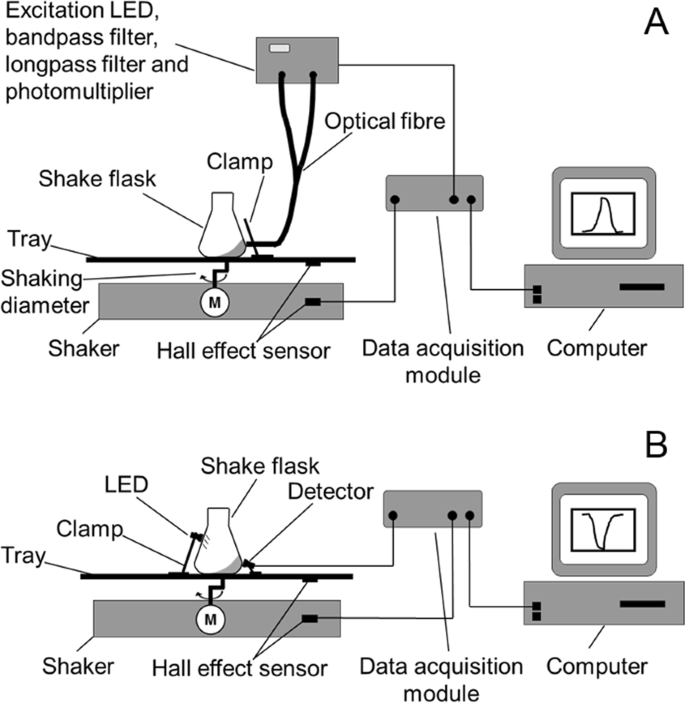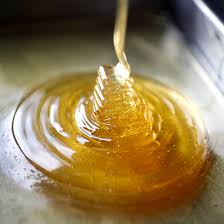

This equation is the standard used it ASTM, ISO and DIN charts. The known equations are due to Reynolds, Vogel, but the most commonly used one is known as Walther equation. These models are usually fits obtained using experimental data. There are a number of models exist to describe the relation between viscosity and temperature. Viscosity-Temperature Relations for Lubricating Oils: Walther equationįor lubricating oils, viscosity drops with temperature rapidly. For example, the viscosities of water at 27 ☌ (81 ☏) is 0.85 × 10 −3 pascal-second and at 77 ☌ (171 ☏) is and 0.36 × 10 −3 pascal-second, respectively, but those of air at the same temperatures are 1.85 × 10 −5 and 2.08 × 10 −5 pascal-second.

Thus, upon heating, liquids flow more easily, whereas gases flow more sluggishly. It is interesting to know that the viscosity of liquids decreases rapidly with an increase in temperature, and the viscosity of gases increases with an increase in temperature. Table of Viscosities of Common Lubricantsĭynamic Viscosity Measured at Atmospheric Pressures, mPas Kinematic viscosity is typically used and reported in industry. However, due to practicality reasons typically it is expressed in terms of centistokes (cS or cSt) 1 stokes = 100 centistokes = 1 cm2 s−1 = 0.0001 m2 s−1. The physical unit for kinematic viscosity is the stokes (St), named after George Stokes. Kinematic viscosity: Kinematic viscosity is the ratio of dynamic viscosity and the density, so. It is more commonly expressed, particularly in ASTM standards, as centipoise (cP).Ģ. The physical unit for dynamic viscosity in the centimetre gram second system of units (cgs) is the poise (P). Dynamic viscosity: Dynamic viscosity is also known as absolute viscosity. The SI physical unit of dynamic viscosity ( μ) is the Pascal-second (Pa s), identical to 1 kg m−1 s−1. Dynamic vs Kinematic Viscosity: What is the difference?ġ.


 0 kommentar(er)
0 kommentar(er)
